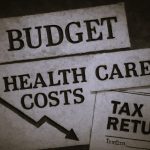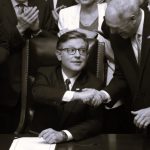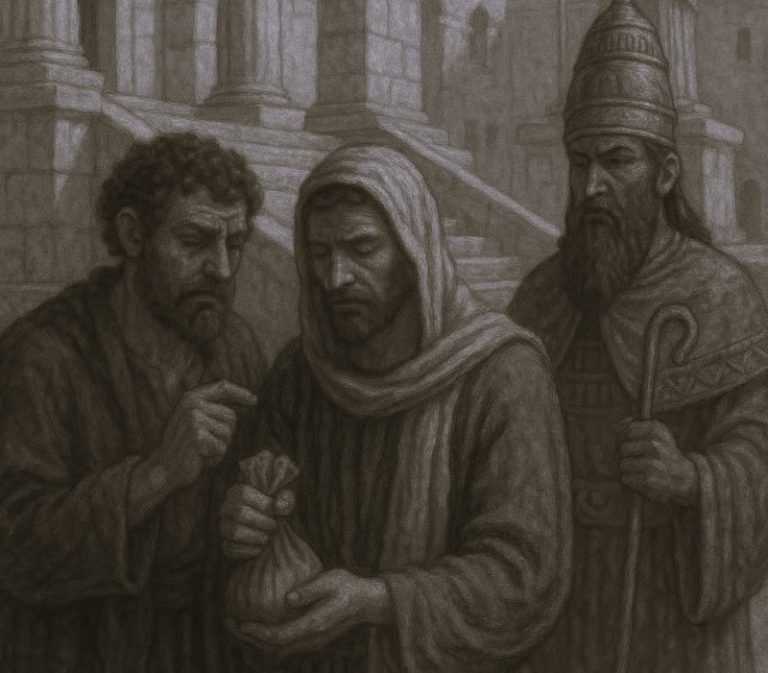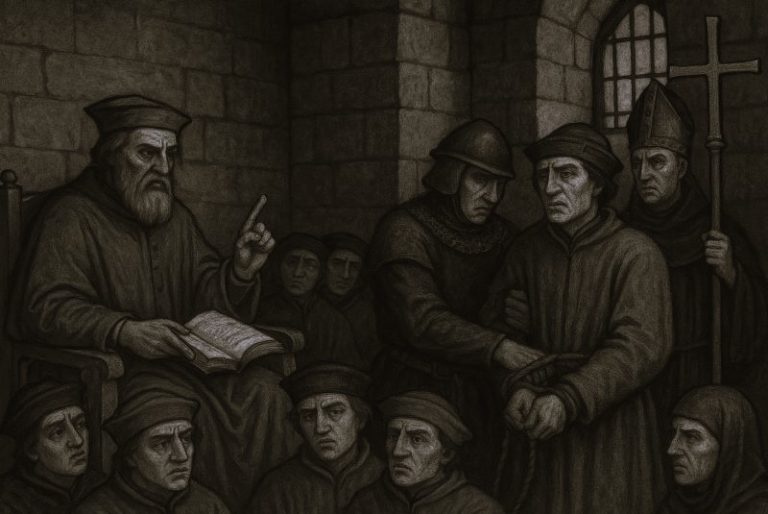

This “dechurching,” as they call it, is apparent in most denominations.

By Nicholas Kristof
Opinion Columnist
The New York Times
While much of the rest of the industrialized world has become more secular over the last half-century, the United States has appeared to be an exception.
Politicians still end their speeches with “God bless America.” At least until recently, more Americans believed in the virgin birth of Jesus (66 percent) than in evolution (54 percent).
Yet evidence is growing that Americans are becoming significantly less religious. They are drifting away from churches, they are praying less and they are less likely to say religion is very important in their lives. For the first time in Gallup polling, only a minority of adults in the United States belong to a church, synagogue or mosque. (Most of the research is on Christians because they account for roughly 90 percent of believers in the United States.)
“We are currently experiencing the largest and fastest religious shift in the history of our country,” Jim Davis and Michael Graham write in a book published this week, “The Great Dechurching.”
The big religious shifts of the past were the periodic Great Awakenings that beginning in the mid-1700s led to surges in religious attendance. This is the opposite: Some 40 million American adults once went to church but have stopped going, mostly in the last quarter-century.
“More people have left the church in the last 25 years than all the new people who became Christians from the First Great Awakening, Second Great Awakening and Billy Graham crusades combined,” Davis and Graham write.
This “dechurching,” as they call it, is apparent in most denominations, reducing the numbers of Presbyterians and Episcopalians and also of evangelicals like Southern Baptists. White and Black congregants have left churches in similar percentages, but Hispanic religious attendance has dipped less.
To be clear, the United States remains an unusually pious nation by the standards of the rich world. Pew reports that 63 percent of American adults identify as Christian — but that’s down from 78 percent in 2007. And in that same period the percentage of adults who say they have no religion has risen to 29 percent from 16 percent.
If this trend continues at the same pace, by the mid-2030s fewer than half of Americans may identify as Christian.
READ ENTIRE ARTICLE AT THE NEW YORK TIMES






